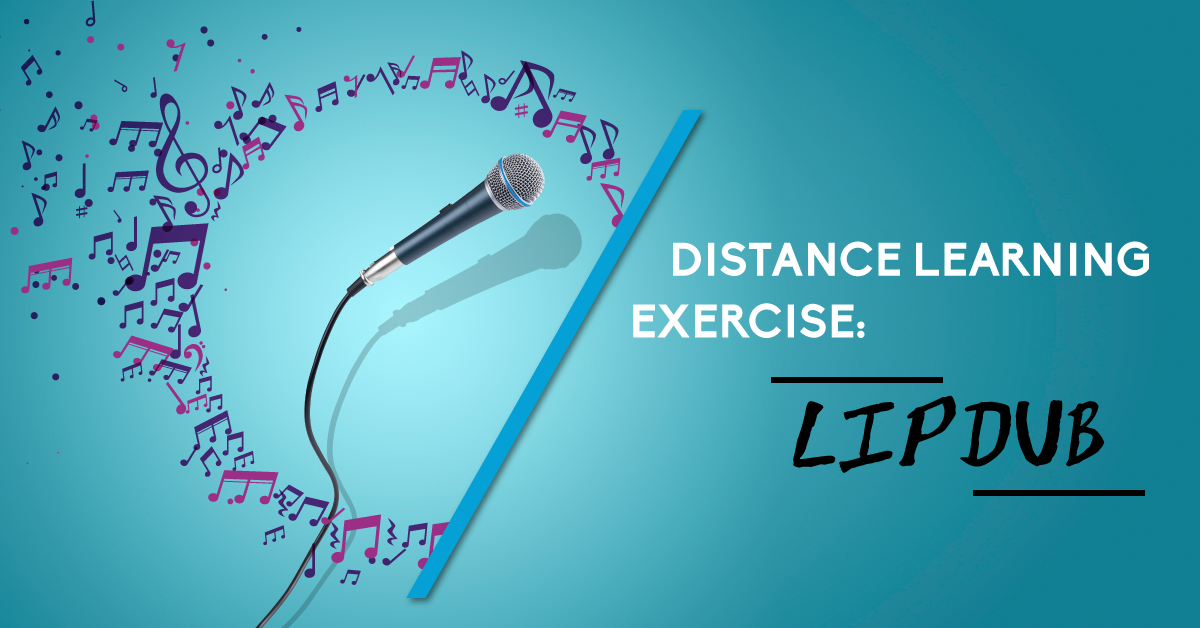Exercise: Found Objects
This simple classroom scene exercise challenges students to not only prepare a scene for a staged reading performance, but to also include a variety of theatrical “extras” using items found in the classroom. Students must use their time wisely to ensure they have enough time to prepare their scene (they’re given just one class period to rehearse) and incorporate the various found objects. At the same time, students will need to think creatively about what items they’ll use, how they’ll use them, and where they’ll incorporate them into the scene.
Instructions:
1. Divide students into partners or small groups.
2. Give each group a short scene. You can find some great two-person scenes and group scenes here, or select your own.
3. Within their groups, students will determine who will play what role, and come up with blocking for the scene. As this exercise is meant to be completed in one class period, scenes will be rehearsed to be presented as staged readings – no need for students to memorize the lines.
4. Using only objects found in the drama classroom, on their persons, or in their bags, students must include all of the following elements in their scene:
a) Three different props
b) Three costume items
c) One sound effect
d) One lighting effect
Variations: If you wish, you may provide a “tickle trunk” with various objects that students can use in their scenes. Or, for a challenge, you may give each student one object that they MUST incorporate in their scene somehow. Which element they select to use it for, however, is their choice. For example, they might choose to use a light-up fairy wand as one of their prop items OR as their lighting effect.
5. Found Object Rules & Restrictions:
a) Objects must be incorporated in the scene somehow. For example, it’s not enough for a student to be carrying a backpack throughout the scene; the backpack must be used in the scene in an interesting or theatrical manner.
b) Objects do not have to be used exactly as they are. For example, if a student uses a chair as a prop item, they don’t have to only sit on the chair. Of course, they can still use the chair as a chair if they want to.
c) However, students may not use three of the same object within their scene – for example, three chairs as their three props. They must use three different items. As well, they cannot use one prop three different ways (for example, the chair cannot be used in the same scene as a computer, a car, and a tent). They must use three separate, unique objects.
d) If there is a limited number of objects to go around (for example, only six rehearsal blocks for ten groups), students will have to share during their presentations.
e) For lighting effects, students may use the overhead lights (if permitted by the teacher) or some other items within the classroom as a lighting effect. For example, they may open or shut window blinds, or use a flashlight app on their phone. For safety, please ensure students aren’t turning the lights on and off randomly, as other students might injure themselves in the darkness.
6. Students will present their scenes to the rest of the class, incorporating their found objects.
7. If time permits, allow students time to give feedback to other groups, pointing out what worked well and what could be improved next time.
8. Students will complete and submit an individual reflection.
Distance Learning Adaptation
Divide students into pairs or small groups. Each group will need to be given a separate virtual conferencing meeting room to prepare, then come together as a large group to present and watch the scenes.
Within their groups, students will determine who will supply what item/effect using items available from around their home. Depending on the number of group members, the found object breakdown will be as follows:
For groups of two, each partner must use one prop item and one costume item each. One partner will be responsible for the sound effect while the other partner will be responsible for the lighting effect.
For groups of three, each partner must use one prop item and one costume item each. One partner will be responsible for the sound effect, one partner will be responsible for the lighting effect, and one partner will be responsible for one additional prop or costume item.
For groups of four, each partner must use one prop item and one costume item each. One partner will be responsible for the sound effect, one partner will be responsible for the lighting effect, one partner will be responsible for one additional prop, and one partner will be responsible for one additional costume item.
For distance learning purposes, please omit the Variations option, as you won’t be able to provide students objects to use. As well, assigning specific objects that students must use can prove difficult as students may not actually possess or have access to those items.



